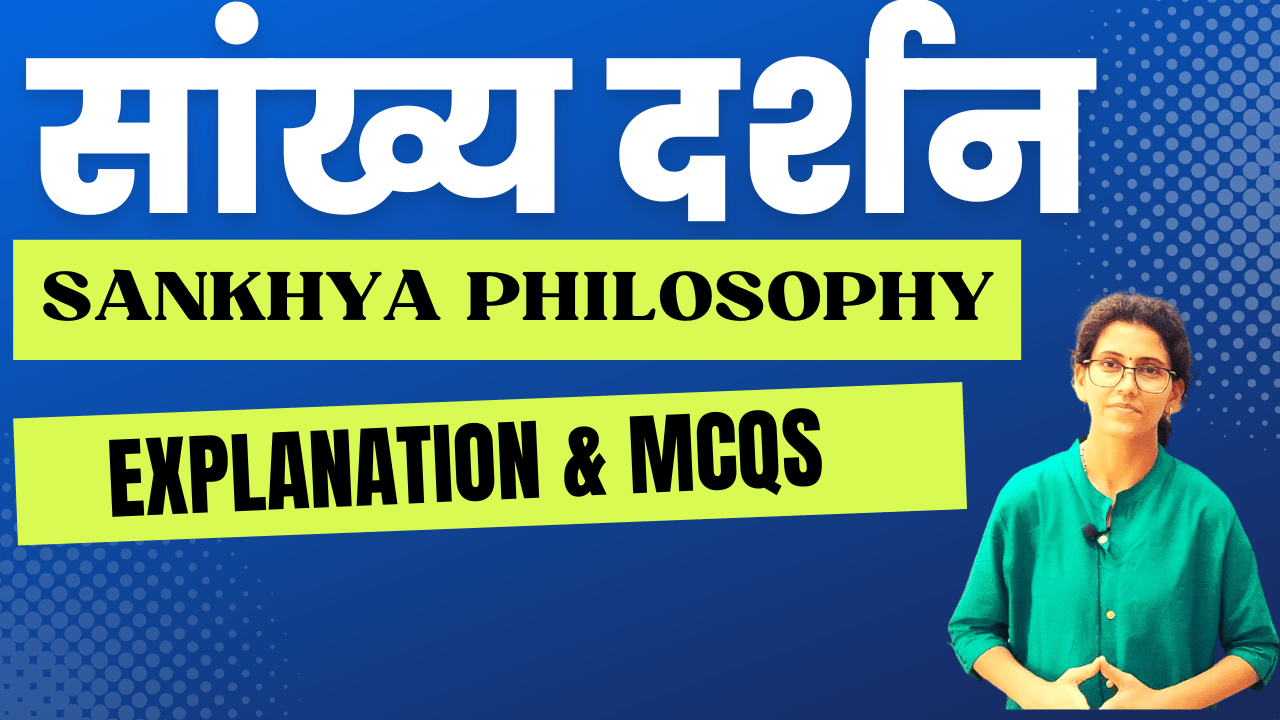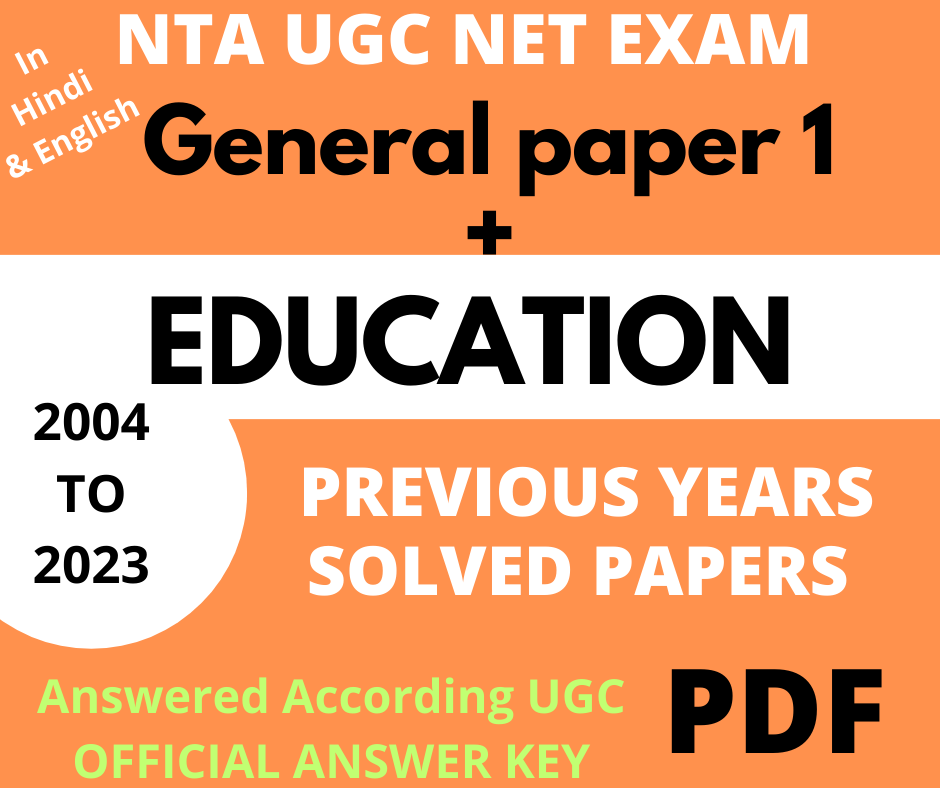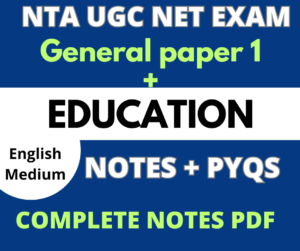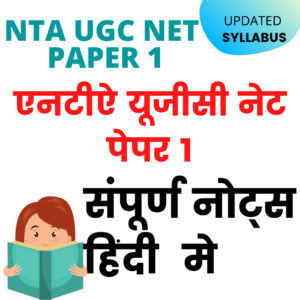Q1. Who is traditionally regarded as the founder of Sankhya philosophy?
A. Kapila
B. Patanjali
C. Sankara
D. Ramanuja
Answer: A. Kapila
Explanation: Sankhya philosophy is traditionally attributed to the sage Kapila.
Q2 Sankhya is one of the six main schools of what philosophical tradition?
A. Buddhism
B. Jainism
C. Hinduism
D. Sikhism
Answer: C. Hinduism
Explanation: Sankhya is one of the six Āstika schools of Hindu philosophy.
Q3 How many fundamental realities or ‘tattvas’ does Sankhya philosophy propose?
A. Two
B. Twenty-five
C. Sixteen
D. Three
Answer: B. Twenty-five
Explanation: Sankhya philosophy proposes that reality consists of twenty-five fundamental principles or ‘tattvas’.
Q4 What are the two metaphysical realities in Sankhya philosophy?
A. Atman and Brahman
B. Purusha and Prakriti
C. Shiva and Shakti
D. Dharma and Karma
Answer: B. Purusha and Prakriti
Explanation: Sankhya philosophy asserts the existence of two realities: Purusha (consciousness) and Prakriti (matter).
Q5 What does ‘Purusha’ represent in Sankhya philosophy?
A. Matter
B. Consciousness
C. Universe
D. Action
Answer: B. Consciousness
Explanation: In Sankhya philosophy, Purusha represents consciousness.
Q6 What does ‘Prakriti’ represent in Sankhya philosophy?
A. Consciousness
B. Matter
C. Universe
D. Action
Answer: B. Matter
Explanation: In Sankhya philosophy, Prakriti represents matter or material nature.
Q7 According to Sankhya philosophy, liberation or ‘Moksha’ is attained by:
A. Ritual action
B. Devotion to a deity
C. Realizing the difference between Purusha and Prakriti
D. Ethical conduct
Answer: C. Realizing the difference between Purusha and Prakriti
Explanation: In Sankhya philosophy, liberation is attained by realizing the distinction between the conscious Purusha and the material Prakriti.
Q8 Sankhya philosophy is unique among Indian philosophies because it:
A. Advocates atheism
B. Rejects karma
C. Affirms the existence of many souls
D. Both A and C
Answer: D. Both A and C
Explanation: Sankhya philosophy is atheistic and affirms the existence of multiple individual souls or Purushas.
Q9 Which philosophy forms the theoretical basis for the Yoga school of Indian philosophy?
A. Nyaya
B. Vedanta
C. Sankhya
D. Mimamsa
Answer: C. Sankhya
Explanation: Sankhya philosophy provides the theoretical basis for the practical discipline of Yoga.
Q10 What are ‘Gunas’ in Sankhya philosophy?
A. Stages of life
B. Modes of nature
C. Levels of consciousness
D. Categories of knowledge
Answer: B. Modes of nature
Explanation: In Sankhya philosophy, Gunas are the three fundamental modes or qualities of nature: Sattva (purity), Rajas (activity), and Tamas (inertia).
Q11 How many Gunas are there according to Sankhya philosophy?
A. Two
B. Three
C. Four
D. Five
Answer: B. Three
Explanation: Sankhya philosophy describes three Gunas: Sattva, Rajas, and Tamas.
Q12 In Sankhya philosophy, what does ‘Sattva’ represent?
A. Purity
B. Activity
C. Inertia
D. Passion
Answer: A. Purity
Explanation: Sattva represents purity, knowledge, and harmony in Sankhya philosophy.
Q13 In Sankhya philosophy, what does ‘Rajas’ represent?
A. Purity
B. Activity
C. Inertia
D. Passion
Answer: B. Activity
Explanation: Rajas represents activity, change, and passion in Sankhya philosophy.
Q14 In Sankhya philosophy, what does ‘Tamas’ represent?
A. Purity
B. Activity
C. Inertia
D. Passion
Answer: C. Inertia
Explanation: Tamas represents inertia, darkness, and ignorance in Sankhya philosophy.
Q15 According to Sankhya philosophy, what is the cause of suffering?
A. Karma
B. Ignorance of the true nature of the self
C. Attachment to material things
D. All of the above
Answer: B. Ignorance of the true nature of the self
Explanation: Sankhya philosophy states that suffering is caused by ignorance of the true nature of the self and the confusion of Purusha with Prakriti.
Q16 Is Sankhya philosophy dualistic or non-dualistic?
A. Dualistic
B. Non-dualistic
C. Both
D. Neither
Answer: A. Dualistic
Explanation: Sankhya philosophy is dualistic, asserting the existence of two distinct realities: Purusha and Prakriti.
Q17 Which of the following texts is a primary source of Sankhya philosophy?
A. Brahma Sutras
B. Sankhya Karika
C. Bhagavad Gita
D. Yoga Sutras
Answer: B. Sankhya Karika
Explanation: The Sankhya Karika is the main text of the Sankhya school and contains its fundamental philosophical teachings.
Q18 According to Sankhya philosophy, what is the purpose of life?
A. To fulfill dharma
B. To attain moksha
C. To achieve material success
D. To serve the gods
Answer: B. To attain moksha
Explanation: According to Sankhya, the purpose of life is to attain liberation (moksha) through knowledge of the true self.
Q19 In Sankhya philosophy, ‘Buddhi’ refers to:
A. The ego
B. The intellect
C. The physical body
D. The senses
Answer: B. The intellect
Explanation: In Sankhya philosophy, ‘Buddhi’ refers to the intellect or higher mind, the first product of Prakriti’s evolution.
Q20 The ‘Mahat’ in Sankhya philosophy refers to:
A. Universal self
B. Cosmic mind
C. Supreme reality
D. Causal matter
Answer: B. Cosmic mind
Explanation: In Sankhya, ‘Mahat’ refers to the cosmic intellect or cosmic mind, the first principle to emerge from Prakriti in the process of cosmic evolution.

















